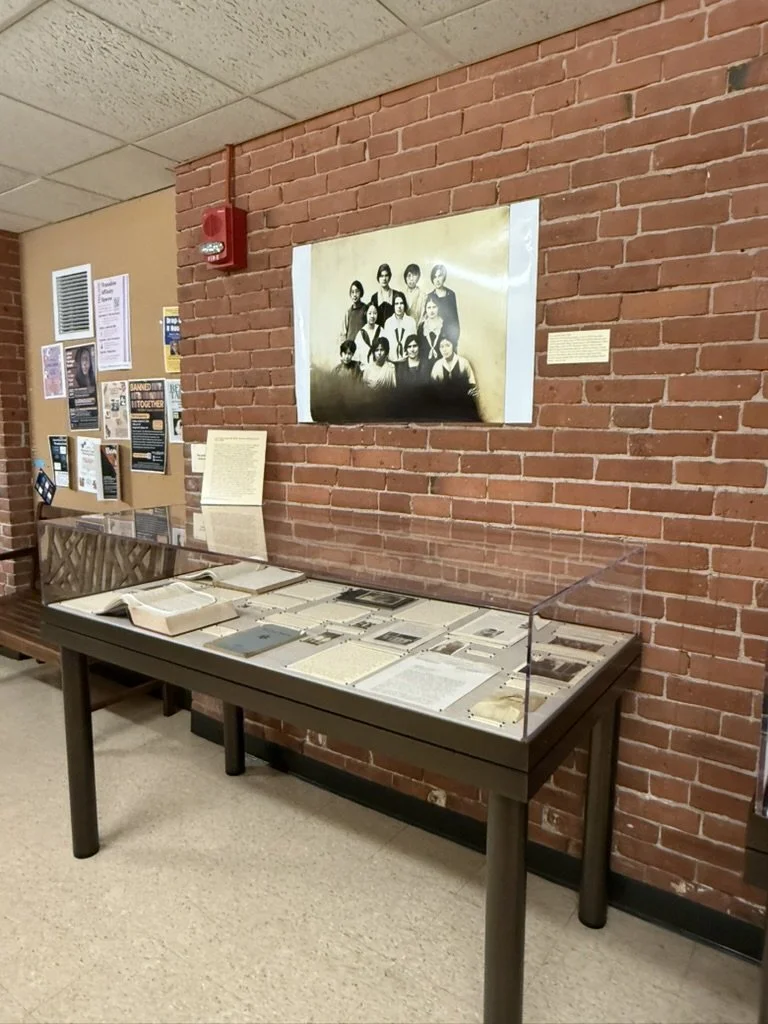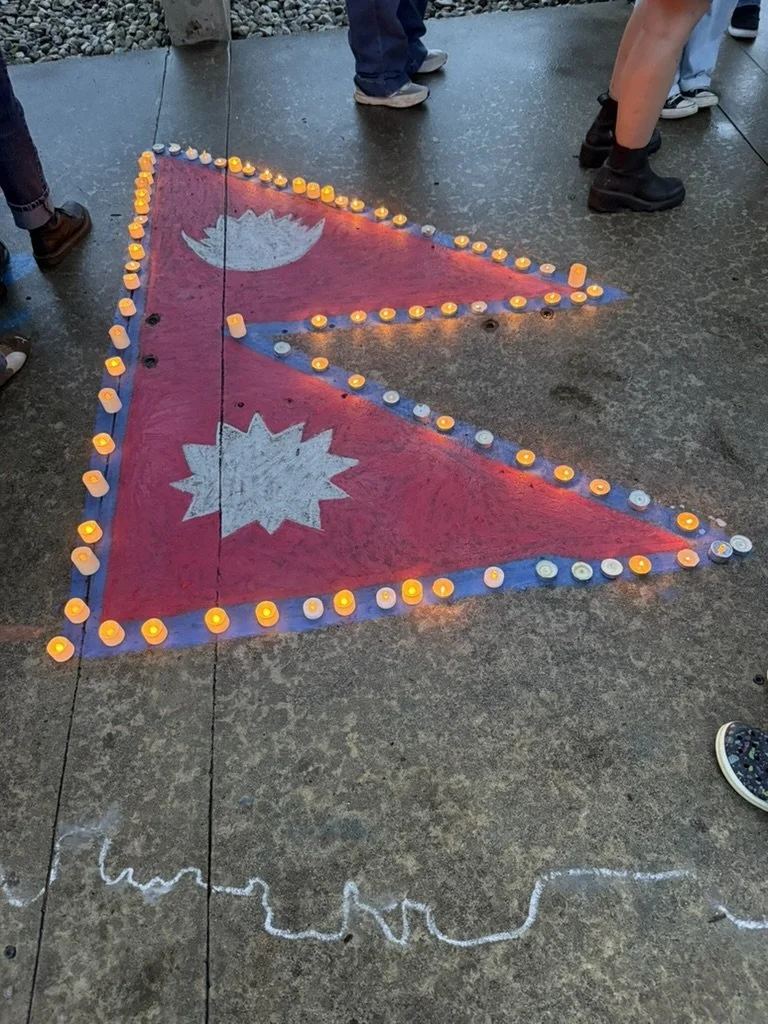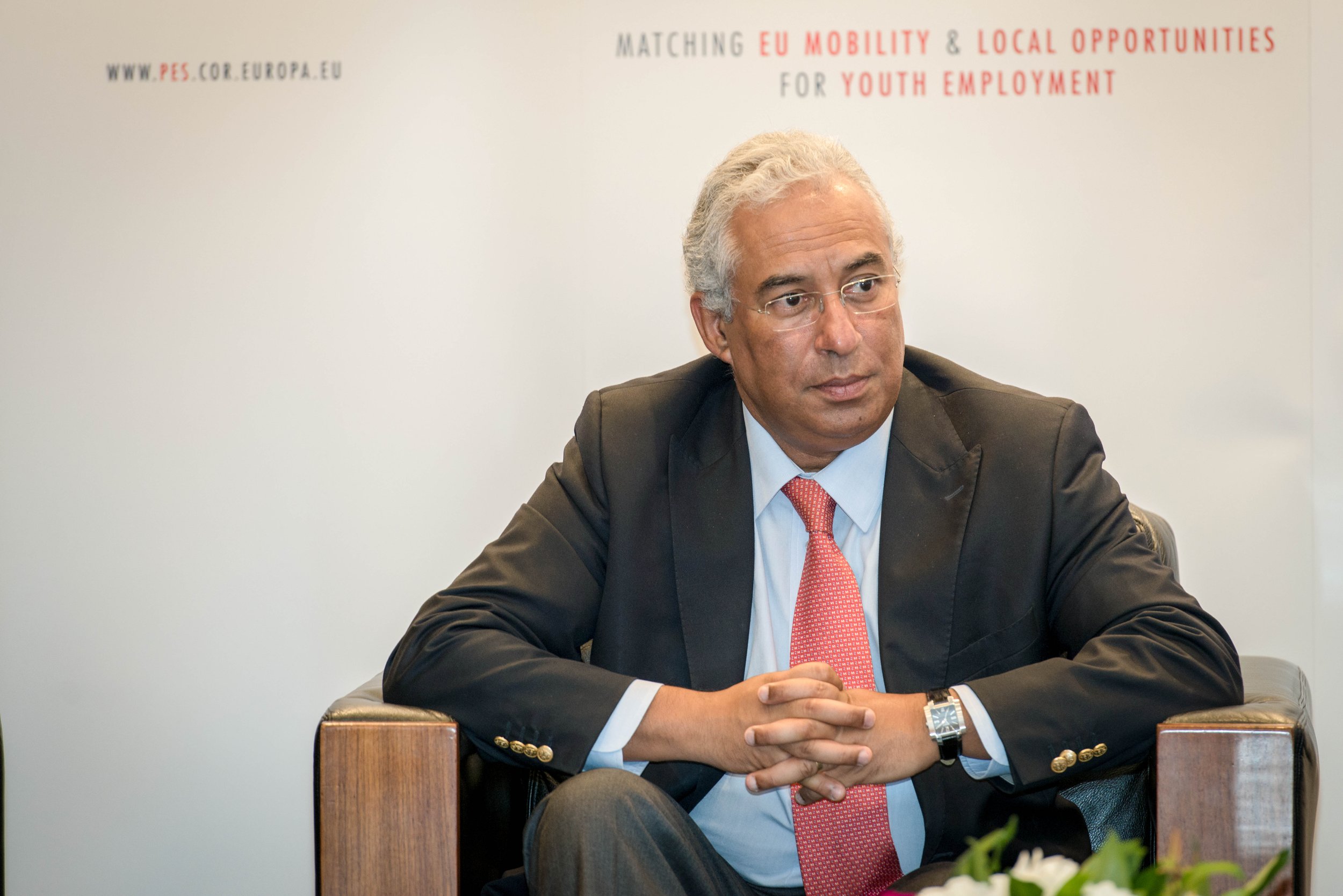Photo by Mira Crane ’27
A photo of one of the cases displaying the new archives exhibit on international students at MHC.
By Mira Crane ’27
Global Editor
On Sept. 25, Mount Holyoke College’s Archives and Special Collections held the opening reception for its new exhibit "Across Oceans, Across Time: A History of International Students at Mount Holyoke." The event was hosted by Archives and Special Collections, the McCulloch Center for Global Initiatives, and the International Student Organizing Committee, with food provided.
The evening began with an introduction from Deborah Richards, head of the Archives and Special Collections, who explained that this exhibit was completely student curated by six students: Mavis Xu ’26, Charlotte Blandino ’27, Phoenix Nehls ’27, Amelia Potter ’26, Anju Ito ’28, and Sky Cho ’25.
Richards explained that creating an exhibit is a massive undertaking and commended the students for the detailed, hard research they did over the summer. Richards then passed the baton to the student curators, who took the attendees around each of the exhibit cases and discussed the case they worked on.
Mavis Xu talked about individual international students, with an approximate timeframe of 1906 to the 1970s.
When reading through folders on student histories from the stacks, Xu looked at their lives before coming to Mount Holyoke College, their activities at the College, and their postgraduate experience. Xu found a variety of exciting stories.
Xu explained that international students carried on the legacy of Mary Lyon by doing work to support women. While researching, Xu “looked at administrative papers, club files, and individual student files, which included their photographs, letters, essays and sometimes records of the enterprise[s] they engaged in post-graduation.”
On that note, Charlotte Blandino discussed the international students’ early leadership in women’s education. She mentioned that the first international student was Susanna Major in the class of 1843. Blandino also noted that another early international student was Toshi Miyagawa, who arrived in the United States in 1890 to attend Mount Holyoke.
Phoenix Nehls explained that her research led her semi-chronologically through the history of international students at the College. She looked at the ways in which international populations changed and influenced the College over time.
Nehls noted that more specific international communities began to form in the 20th century. Lastly, she discussed Mount Holyoke’s presence during World War II and their establishment of scholarships for refugees.
This led into Amelia Potter’s research and curation of a case focused on the evolution of international students’ population makeup, beginning after World War II and spanning to the 1980s.
She explained that, post-World War II, Mount Holyoke began to receive more students from Latin American countries. Potter talked about her philosophy of letting these historical international students speak for themselves and tell their own stories.
She commented on the centrality of international students at the College and their great contributions, both to this community and beyond, through a variety of essential works. Potter articulated that the strength of the College comes from bringing together so many perspectives. She argued that in the danger of the current moment, Mount Holyoke’s diversity is more important than ever.
Conversely, Anju Ito’s research was focused more narrowly on the International Student Organizing Committee, also known as the ISOC. Ito explained that ISOC mainly works on events to promote international students and increase belonging. According to Ito, ISOC originally started as an orientation group. The organization took on its current role in 2013.
Ito highlighted historical ISOC events and how they helped students to connect with each other. She discussed the International Student Journal and the “What’s My Name Project,” two historical ISOC projects done with international students.
Sky Cho talked about the honor of highlighting ISOC as an international student coming from a diverse background, and the ways in which ISOC is personally meaningful to her. She described history as a story about what each person adds to the past, and discussed her intention of honoring the strength and solidarity of international students.
After the conclusion of the tour, attendees had the chance to ask questions of the exhibit curators. Nehls told a story about two international students who stole a car and drove across the country in the 1920s, coming back to the College just in time for convocation.
The exhibit is open to all students who want to visit, and there is a digital version which can be accessed by scanning the QR code on the exhibit’s display cases.
Speaking about the importance of the exhibit, Xu explained, “Speaking as a history major, I think the history of international students [is] integral to the history and identity of Mount Holyoke College. It is part of the diverse and liberal culture we are always proud of. It is through their eyes that we gain a fuller understanding of how the world out there looks, and free ourselves from ignorance and arrogance.”
As an international student, Xu found it comforting to imagine the paths of others who came before her, and she hopes that this exhibit reminds attendees that they are not alone.
Alayna Khan ’28 contributed fact-checking.











